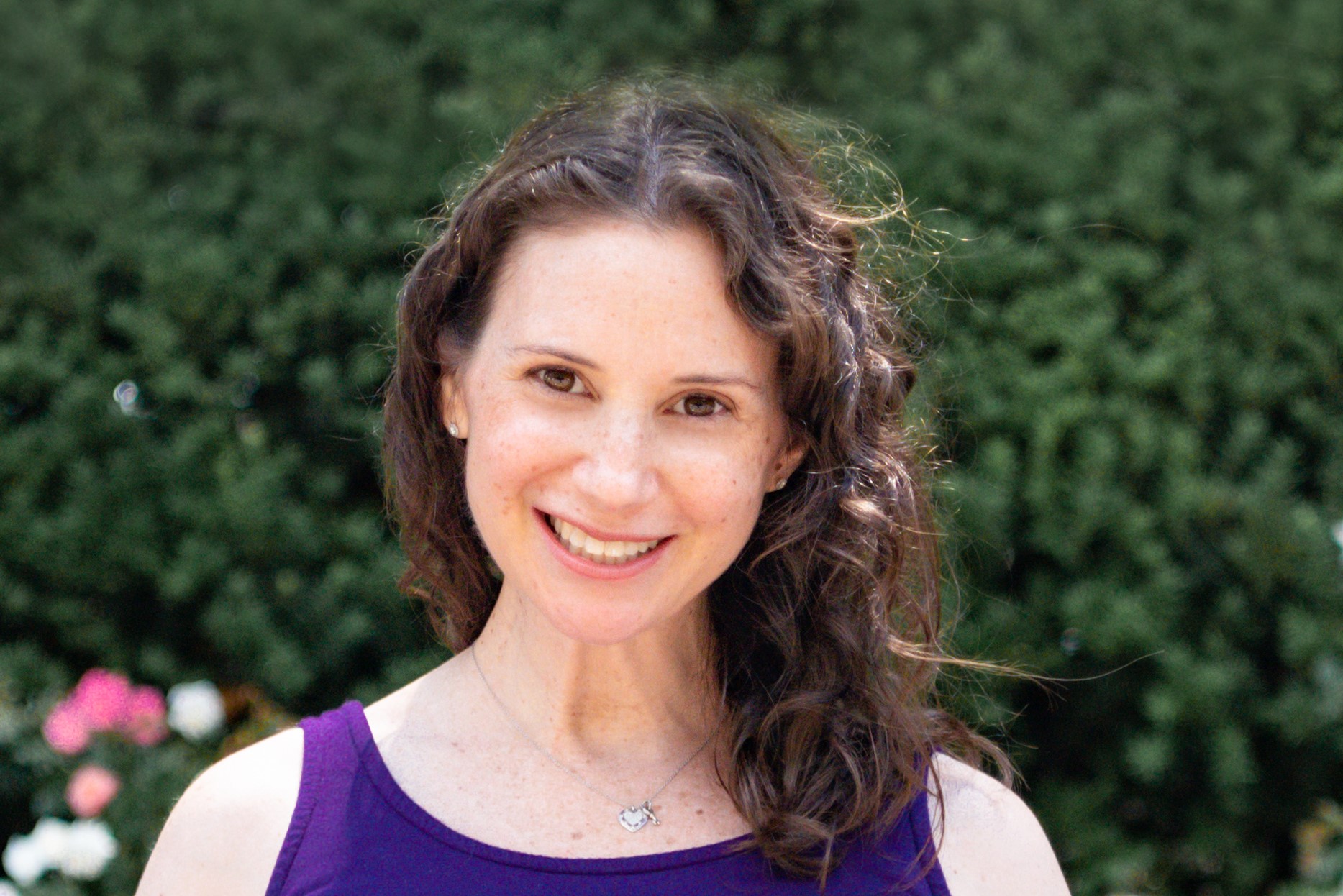 It’s no secret that social media has transformed the way we live and communicate, but little is told about how the digital age has impacted mentoring. 2006 was a pivotal year for social media: On March 8, LinkedIn reported rapid adoption of their premium service, the first tweet was published on March 21, and Facebook opened its registration beyond college campuses on September 26. I would argue that these three watershed moments also had a huge impact on how we approach mentoring.
It’s no secret that social media has transformed the way we live and communicate, but little is told about how the digital age has impacted mentoring. 2006 was a pivotal year for social media: On March 8, LinkedIn reported rapid adoption of their premium service, the first tweet was published on March 21, and Facebook opened its registration beyond college campuses on September 26. I would argue that these three watershed moments also had a huge impact on how we approach mentoring.
That same year, I first served as Dietitians in Business and Communications (DBC) Mentor Chair. I kept a spreadsheet of members who requested to be paired with a more seasoned registered dietitian and tracked a separate tab of members who agreed to serve as mentors. I then matched members based on their reported interests and made introductions by email. Just 9 years later, this 2006 mentoring relationship model seems a bit antiquated.
So, how exactly has mentoring evolved in the digital age? Below are five observations:
1. Take the relationship offline.
There is no denying that social media has opened the floodgates for mentoring. But it’s important to get to know colleagues IRL (internet speak for “in real life”) too. One of my New Years resolutions is to connect with fellow RDs in more than 140 characters. At the end of January, I used Twitter hashtags to identify who would be attending a local dietetic association conference and arranged to meet those who responded during the snack break. In early February, I planned a virtual coffee date over Skype with an RD a thousand miles away. Social channels are an important means for making connections, but don’t stop there. Commit to taking relationships one step further by using these tools as the conduit for facilitating a deeper connection with colleagues.
2. Experience does not equate to years.
I recall that my spreadsheet of mentees consisted mostly of RDs in their 20s and 30s and the tab of mentors were in their 40s, 50s and 60s. “Back then,” it was less common for a newer RD to feel empowered to mentor peers and elders. But now, the youngest generation of RDs is the most sophisticated digitally. It was surprising to hear a well-known and respected RD at the DBC Communication Camp express concern about her relevance, as the traditional conferences she often speaks at have waned over the years, being replaced by web-based education. Another esteemed RD, and recipient of the Academy’s prestigious Medallion award, wondered if she needed to establish an Instagram presence to be considered for the same freelance opportunities as RDs with a large following. These seasoned RDs needed some perspective from those newer to the field. The mentoring dynamic has shifted, and each of us has something important to learn and teach no matter one’s age or years in the profession. It’s most effective and rewarding to approach every mentoring relationship as both a mentor and a mentee.
3. The community is now the mentor.
Mentoring is no longer a 1:1, one-way dialogue. While people still have trusted advisors whose tutelage they seek for specific matters, the majority of mentoring is now provided by one’s online community. Whether through a Twitter chat, responses to a Facebook update or LinkedIn post, our friends, family and colleagues provide the type of support and guidance that in the past was reserved for a mentor. And while conversations with traditional mentors are private, the community responds in an open forum, building on each response and allows different viewpoints. The community as mentor notion provides access to all different backgrounds and perspectives. In the past few months, I participated in both a Twitter chat about on networking event and a chat among the Public Relations Student Society of America (PRSSA) about advice for new professionals. The beauty of turning to one’s online community as a mentor is there is no limit to the personalities and experiences you can tap into, learn from, teach and touch.
4. Real-time mentoring is the future.
When I passed the RD exam, the DBC mentor I had been paired with sent me a congratulatory email with dozens of happy-faced emoticons and added, “I hope that this is not inappropriate to send.” While this was years before text messaging and tweets made it easy to express an emotion through an icon, my mentor’s initial apprehension was rooted in our communication being a traditional mentor to mentee exchange. When a mentoring relationship is more on the formal side, with scheduled discussions and a specific agenda, it becomes difficult to truly connect. But having more access to the mentor and mentee worlds through social channels and having regular, unplanned communication through email or text deepens the relationship and provides the opportunity to mentor in real-time.
5. Mentoring and networking are at a crossroads.
As I began to ruminate about how mentoring has evolved in the digital age, I realized that the words “mentoring” and “networking” could be used interchangeably. Social has provided a forum to constantly connect and expand one’s professional network. You could be at a networking event, chatting with someone whose blog you follow or who commented on your recent Instagram post. Those you are networking with may not be your mentors today, but you could very well seek their professional guidance – and they yours – in the future.
©2015, Dimensions; Dietitians in Business and Communications, A dietetic practice group of the Academy of Nutrition and Dietetics. Used with permission.



